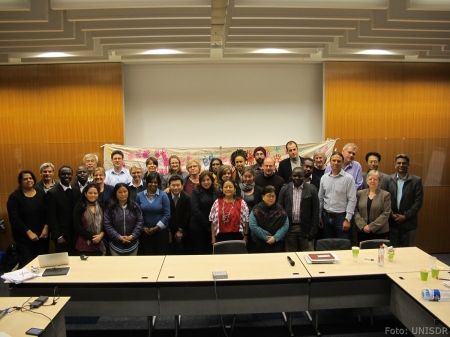Updates of 10 March, 2012

Biram Sundori Seedlings
Put your comments to be informed by email
Updates of 5 March, 2012:
Certainly you are among the few in Human history who is looking at the double shoots of a single rice seed. Rice Evolutionary history doesn’t say much about multiple grained rice. [Scroll down for more updates]

Double grained Biram Sundori has sprouted with two shoots and two seminal roots.
A small group of smart farmers in Bangladesh were secretly and sacredly nurturing in field the unique rice variety (or species!) that has two (sometime three) grains in a rice seed. It has not been so far noticed that this type of rice exists in any other country of the world.


 “Biram Sundori” Of Bangladesh
“Biram Sundori” Of Bangladesh

We have the honor from the locality of providing us with few
seeds for research purpose.
Update:
Ruaraidh Sackville Hamilton of International Rice Genebank in the Philippines has just informed us that they have a variety collected from Nepal called Laila Majnu, sent here in 1981, and conserved in the genebank as accession IRGC 59101

Laila.Majnu of Nepal, Foto: Flora de Guzman, IRRI
Updates: 20 February, 2012
If you didn’t receive the grains yet, following fotos will give us some insight into the karnels design of Biram Sundori.

Biram Subdori

Biram Sundori

Biram Sundori

Biram Sundori

Biram Sundori

Biram Sundori

Biram Sundori

Biram Sundori

Biram Sundori

Biram Sundori

Biram Sundori

Biram Sundori

Single grain in Biram Sundori

Biram Sundori

Biram Sundori

Few Biram Sundori does have Awn

Biram Sundori under lights

Biram Sundori under lights

Biram Sundori under lights

Tripple grain in Biram Sundori is not uncommon
Updates: 26 February, 2012
First Biram Sundari has been germinated in 6 days.

Biram Sundori examined

Biram Sundori Tag!

Biram Sundori in Banana stalk to germinate

Biram Sundori germinated

Biram Sundori Tag!
Updates: 05 March, 2012
Double sprouted Biram Sundori has emerged and been sowed

Single sprouted Biram Sundori sowed earlier produced a unique seedling

Seedling from single sprouted Biram Sundori
- The first Biram Sundori has germinated with two sprouts.

Double sprouted Biram Sundori

Double sprouted Biram Sundori

Double sprouted Biram Sundori

Probably single sprouted Biram Sundori

Double sprouted Biram Sundori

Double sprouted Biram Sundori

Double sprouted Biram Sundori

Double sprouted Biram Sundori has two Seminal Roots

Double sprouted Biram Sundori

Double sprouted Biram Sundori on seed bed
Comments of Agriculturist Shah Alom , Agricultural Officer of Birampur- who initiated of

Agricultural officer of Birampur
exploring the discovery for National audience and honored us with some seeds: “The grain has two ovule to produce two kernel”.
Put your comments to be informed by email






















































































![looking_at_artefacts[1]](https://farmersvoice.files.wordpress.com/2009/08/looking_at_artefacts1.jpg?w=300&h=225)
![bengal_tigers![1]](https://farmersvoice.files.wordpress.com/2009/08/bengal_tigers1.jpg?w=300&h=225)
